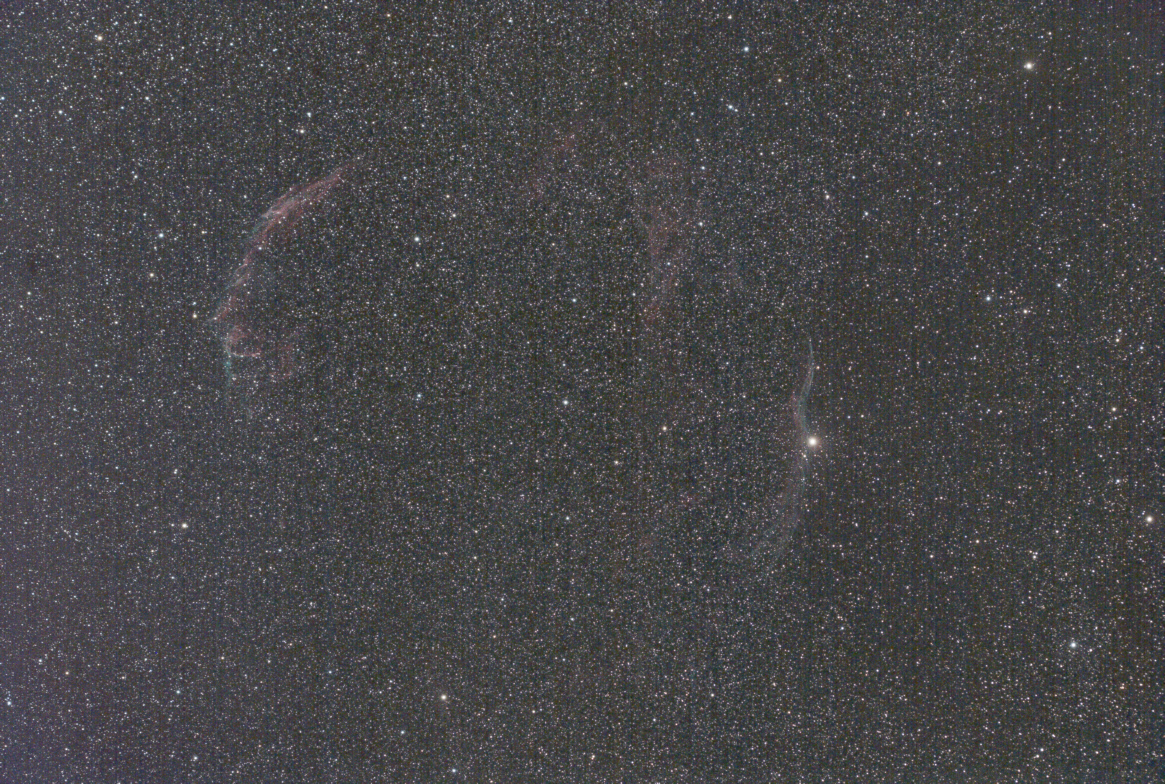 Science Daily: Uranus
Science Daily: Uranus
- New images reveal what Neptune and Uranus really look like January 5, 2024
- Ringing in the holidays with ringed planet Uranus December 19, 2023
 Science Daily: Pluto
Science Daily: Pluto
- How Pluto got its heart April 15, 2024
- Evidence of geothermal activity within icy dwarf planets February 15, 2024
 Science Daily: Kuiper Belt
Science Daily: Kuiper Belt
- How Pluto got its heart April 15, 2024
- Evidence of geothermal activity within icy dwarf planets February 15, 2024
Brooklyn, NY is a Bortle class 8 sky. On a good night. Really, that’s it. On a good, clear, low-humidity night, I can see all four stars in the trapezoid shape of Lyra and probably make out epsilon Lyrae as well. Toss in a little humidity or generally poor air quality and I lose all but two of them. That’s pretty much the definition of Bortle 8 skies, actually getting close to Bortle 9. Actually, I would argue that it is really Bortle 9 since I’m only able to get magnitude 4.2 on a good night and I’ve never seen M44 or M31 naked eye under even the best of conditions from here in the past 18 years I’ve lived in Brooklyn. For that matter, I’ve never seen the constellation Cancer from here; there’s just this blank spot between Gemini and Leo and I know where in there to point my binoculars to find M44.
In spite of all that, I decided to do some tests of new equipment by pointing at the IC 1396, the Gamma Cygni region, and then the Veil Nebula. The first two involved using my modified Canon T6i with a Hutech H-alpha filter. I was not surprised to find that I was able to get decent images with this setup; essentially monochrome using only the red channel, of course.
Then while testing out some new software, I decided to point at the Veil nebula with no filter at all. Exposures were limited to 15 seconds using a William Optics RedCat 51 f/5 apochromat, but even the raw images (after adjusting the black and white points) showed hints of the Veil. So I took a lot of frames. And I took darks, flats, dark-flats, and bias frames. Then I fed this all into PixInsight’s weighted batch processing script and discovered the Veil was quite noticeable. PixInsight also has a very nice background modeling script which I used to remove the residual gradient (which was quite noticeable). I’ll try to squeeze in some time to put together some of the intermediate images to show the process.

Written by Roland Roberts
Search
.Archives
- May 2024 (1)
- April 2024 (3)
- September 2022 (5)
- April 2022 (1)
- January 2022 (3)
- December 2021 (4)
- September 2021 (3)
- July 2021 (1)
- January 2021 (1)
- November 2020 (2)
- October 2020 (2)
- September 2020 (2)
- August 2020 (5)
- July 2020 (1)
- November 2019 (2)
- September 2019 (1)
- August 2019 (2)
- September 2017 (1)
- August 2017 (1)
- September 2015 (3)
- August 2015 (2)
- June 2015 (5)
- May 2015 (3)
- May 2013 (2)
- January 2013 (1)
- December 2012 (2)
- September 2012 (1)
- June 2012 (1)
- May 2012 (1)
- October 2011 (2)
- September 2011 (2)
- April 2011 (2)
- March 2011 (10)
- January 2011 (8)
- November 2010 (2)
- October 2010 (1)
- September 2010 (3)
- August 2010 (2)
- July 2010 (1)
- June 2010 (1)
- April 2010 (3)
- February 2010 (3)
- January 2010 (3)
- December 2009 (6)
- November 2009 (3)
- October 2009 (7)
- September 2009 (8)
- August 2009 (4)
- July 2009 (1)
- June 2009 (2)
- May 2009 (2)
- April 2009 (7)
- March 2009 (1)
- February 2009 (6)
- January 2009 (4)
- December 2008 (4)
- November 2008 (3)
- October 2008 (11)
- September 2008 (4)
- August 2008 (5)
- July 2008 (5)
- June 2008 (2)
- April 2008 (4)
- March 2008 (18)
- February 2008 (9)
- November 2007 (1)
- October 2007 (3)
- July 2007 (3)
- April 2007 (1)
- March 2007 (6)
- February 2007 (3)
- December 2006 (3)
- October 2006 (4)
- September 2006 (1)
- July 2006 (5)
- May 2006 (10)
- April 2006 (9)
